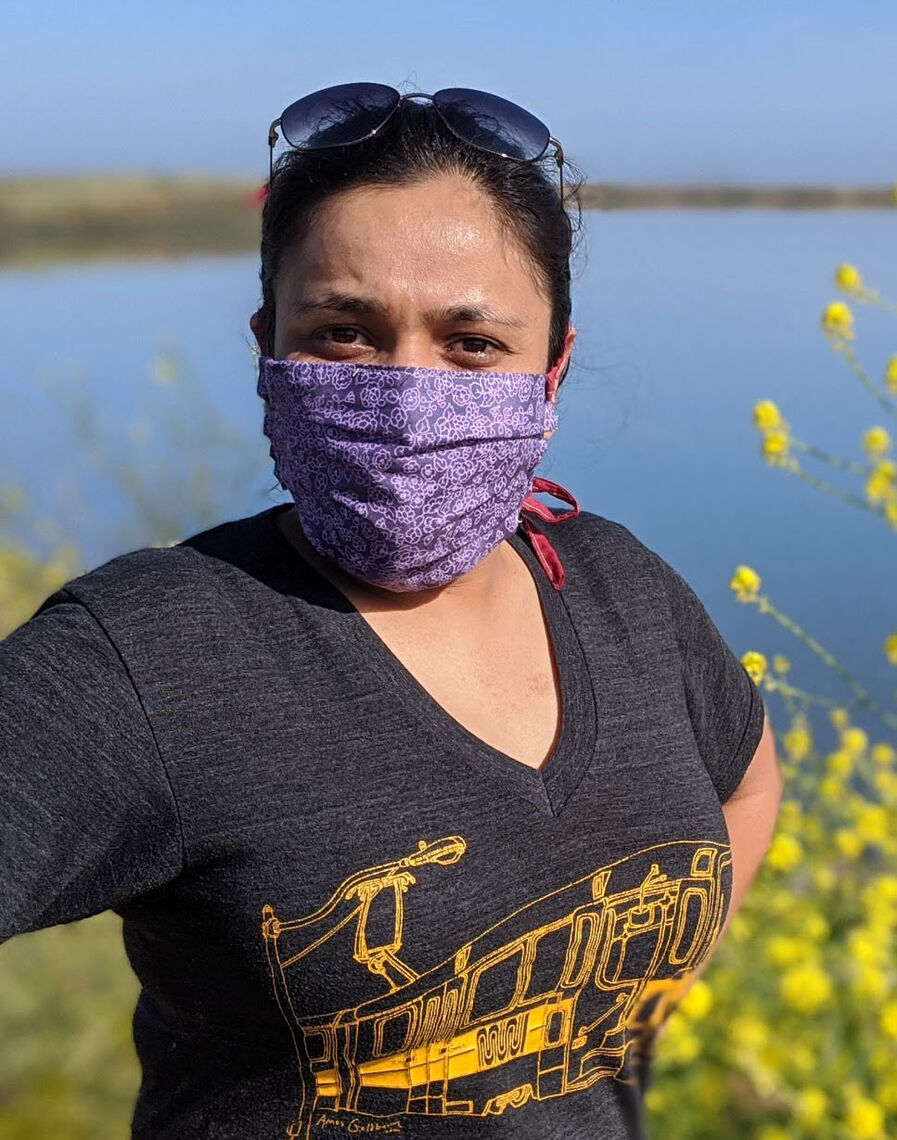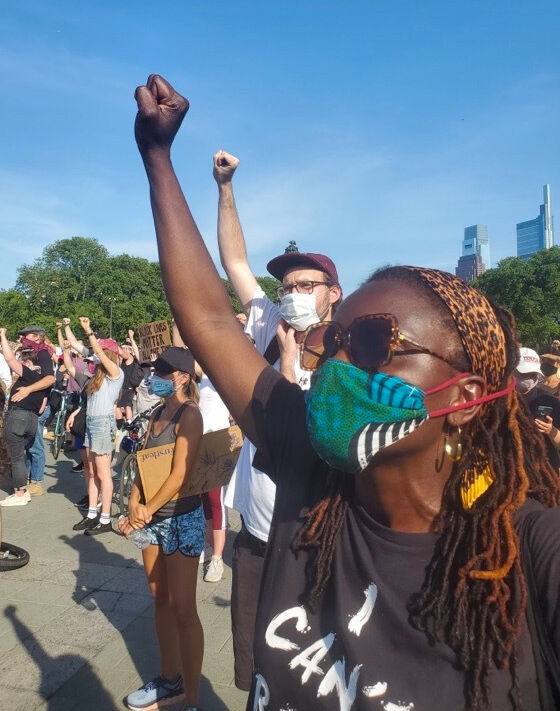Our spotlight series is back with Atisha and Garlen, two leaders in the industry who discuss their daily inspirations, the future of planning and urban design, and their love for cities.

Atisha Varshney | San Francisco

Garlen Capita | Philadelphia
What gives you inspiration/drives your passion and interest in your work every day?
Atisha: Humanity, cities, density, public realm, the hustle-bustle of urban clutter is my passion and what makes a decent urbanist. Right now, especially in the COVID era, I really do not know how to answer this question while sitting in the super suburban, monotonous environment of my home. I am isolated from my strive. Though, I am excited to see a ray of hope and as we are starting to come out of SIP, and my strive is evolving. As planners and urban designers, we have a very crucial role to play in defining the post pandemic new normal. There cannot be a better time to be in this profession and be a contributing community member!
Garlen: I’m an urbanist at heart and I love cities. The pandemic has really revealed how unequal our cities are. They are places of so much pain and simultaneously so much beauty and hope. In the last month since the murder of George Floyd by Minneapolis police, I’ve been inspired by the activists who have taken to the streets to demand justice and accountability and challenge the systemic racism that is pervasive in America. I’m also inspired by the daily acts of kindness and grassroots activism that are embedded in my Germantown community which takes the form of poetry, art, music, and most recently a number of individuals and small groups who are creating supply hubs to help meet their neighbors most basic needs during the pandemic. Cities are also places of immense potential and I want to be a part of the change and evolution.
What are some of the issues that you tackle often in your work, which you feel most passionate about?
Atisha: My day could be filled with multiple projects related to design work, business development, client management or just a bunch of administrative tasks. Of course, I am most passionate about design. I work on both planning and urban development projects as well as landscape architecture. I am enthusiastic about the form and scale aspect of my design work on the front end of the project. Making sure my designs are implementable is a big part of my work, and this particularly drives my urban design practice. I am deeply invested in economic feasibility and leveraging partnerships to make my plans real. I am learning to set proforma models for future urban development projects.
Garlen: While working in community revitalization, some of the primary challenges I see that need to change is often times the institutions and individuals who are the decision makers for the most disinvested communities are too far removed from the people they are impacting. The agents of change need to come from those communities. Also, the work is woefully undervalued. Real investment in the things needed to make impactful change in people’s quality of life – housing, education, health and wellness, community amenities and economic development are often so underfunded that as a planner and urban designer it’s like trying to solve monumental challenges with just pennies.
How do you think technology will most influence planning and urban design in the next ten years?
Atisha: We base our work on historic data and events, but our lifestyle changes quite rapidly and we are often playing catch up. Technology has brought the most rapid change in the last 15 years, directly impacting our community. It gives us the ability to assess situations in real time and layer in a level of complexity of interconnected issues, which is not possible with our static tools. I am talking about big data models, data analytics and smart cities. For planners to stay ahead of change, we need to equip ourselves with the technological skills to create more realistic predictive models. I foresee us being leaders in defining futuristic livability because of our current expertise on equity, climate change, ecology, socio-economic context and placemaking, all while leveraging technology and infrastructure to support the sustainable changes. Caveat is, we need to be open to embracing technology as a tool, and realize it is not the solution!
Garlen: Technology is already doing so much to help people communicate and share information more widely. In the future I hope it can further level the playing field by allowing the average citizen to play with data and test design ideas in order to make more informed decisions about their future in collaboration with the planning and design professionals and institutions. Technology can also be a tool to amplify voices and allow stories and messages to be shared.
How must the planning profession evolve to continue to be effective?
Atisha: The planning profession needs to be more dynamic, adaptable, and approachable as we endeavor to inform the long-term future of our communities. Like many other professions, planning is not as approachable to masses. Have you ever tried navigating a planning department website or interpret a technical planning document like a zoning code or a comprehensive plan? Even for me, it is like finding a needle in a stack of hay when looking for information in 1,000-page document. You are left with an individual interpretation and a tangle of words. We need to be short and direct, use our graphical skills to share the same information, and make sure information is easily accessible on contemporary platforms- like a web platform or App.
Garlen: Planning has not been a diverse and inclusive field and that needs to change for the profession to be effective. We need to invest in those classrooms full of young black and brown kids so that they can develop their skills and lead this work.
Bonus Question
If you could be any animal, what would you be?
Atisha: I would be a monkey. Do not ask why!
Garlen: Goddess of the sea LaSirene, the stories and imagery of the Haitian mermaid have always captured my imagination.